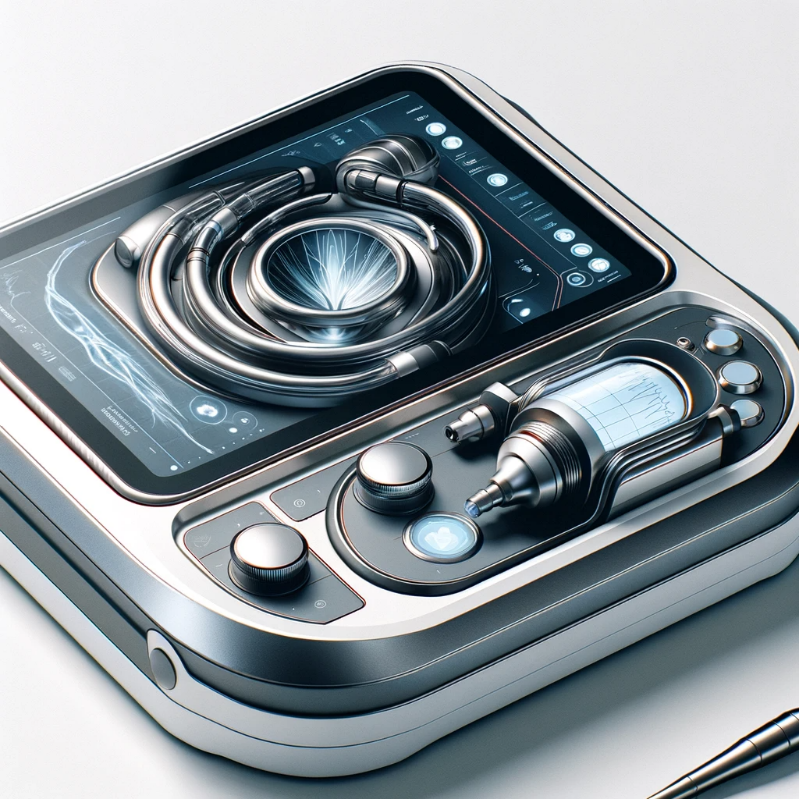Imagine your medical device—a cutting-edge pacemaker, maybe, or a sleek diagnostic tool—making its way into hospitals worldwide, trusted by doctors and patients alike, all because you’ve got a certification that screams quality and safety. That’s the power ISO 13485 certification brings to medical device manufacturers like you. It’s not just a piece of paper; it’s a gateway to global markets, regulatory compliance, and a reputation that sets you apart. So, why should ISO 13485 certification be your next big move in 2025? How can it help your business soar?
In this article, we’ll explore why ISO 13485 certification is a must for medical device manufacturers, how it strengthens your operations, and what it takes to get there. Whether you’re crafting surgical tools, wearables, or imaging equipment, this is your roadmap. Let’s jump in.
What’s ISO 13485 Certification All About?
ISO 13485 certification is an international standard designed specifically for medical device manufacturers, focusing on quality management systems (QMS). It ensures your processes—from design to production to post-market surveillance—meet strict safety and performance requirements. Think of it as a blueprint for building devices that doctors and patients can rely on. Certifying bodies like TÜV SÜD, BSI, or SGS audit your operations to confirm you’re up to par.
Here’s the thing: this standard isn’t just about meeting rules. It’s about proving your devices are safe, effective, and ready for the real world. For a manufacturer, that means everything from how you design a device to how you handle customer feedback after it’s out there. It’s like having a recipe that guarantees every dish you serve is top-notch.
Why ISO 13485 Certification is Your Ace in the Hole
- Global Access: Sell in markets like the EU, Canada, and Japan without roadblocks.
- Regulatory Win: Meets requirements like the EU MDR and FDA standards.
- Trust Factor: Builds confidence with hospitals and regulators.
- Quality Edge: Ensures your devices are consistently top-tier.
The Medical Device Game: Why ISO 13485 is a Must
The medical device industry is like a high-stakes chess match—every move counts, and the rules are always changing. You’re up against tight regulations, fierce competition, and the pressure to innovate, all while ensuring your devices are safe for patients. ISO 13485 certification is your checkmate move, helping you navigate this complex board with confidence. In 2025, with healthcare tech booming—think AI diagnostics and wearables—this certification is more critical than ever.
You know what’s fascinating? The global push for patient safety. A 2024 WHO report noted that 1 in 10 medical devices fails due to quality issues, costing billions in recalls. I heard from a manufacturer in Bengaluru who got ISO 13485-certified; they avoided a costly recall on their insulin pumps by catching a design flaw early. That’s the kind of protection ISO 13485 certification offers, keeping your business—and patients—safe.
Key Areas ISO 13485 Covers
Here’s a quick look at what ISO 13485 focuses on:
| Area | Focus | Why It Matters |
|---|---|---|
| Design Control | Ensuring safe device design | Prevents flaws that could harm patients. |
| Risk Management | Identifying and mitigating risks | Keeps devices safe throughout their lifecycle. |
| Process Validation | Verifying production consistency | Ensures every device meets standards. |
| Post-Market Surveillance | Monitoring device performance | Catches issues after devices hit the market. |
How ISO 13485 Certification Boosts Your Operations
Let’s get down to the nuts and bolts. As a medical device manufacturer, your top priority is quality—devices that fail can harm patients and tank your reputation. ISO 13485 certification sets up a system to ensure every step, from concept to delivery, is airtight. Say you’re making surgical tools; ISO 13485 ensures your design process catches risks—like a scalpel that might rust—before production. It’s like having a quality coach guiding your every move.
A colleague in Pune who makes diagnostic kits shared how ISO 13485 turned their business around. Before, they struggled with inconsistent quality, leading to customer complaints. After certification, they streamlined their processes, cutting defects by 30% and winning a major hospital contract. That’s the kind of impact ISO 13485 certification can have—turning quality into your superpower.
Real Benefits for Your Business
- Fewer Recalls: Catch issues early, saving millions in fixes.
- Market Trust: Hospitals and regulators prefer ISO 13485-certified devices.
- Smoother Approvals: Speeds up regulatory nods like CE marking.
- Efficiency Gains: Streamlined processes cut waste and errors.
Getting ISO 13485 Certified: Your Game Plan
So, how do you get ISO 13485 certification for your medical devices? It’s not a quick fix, but it’s manageable. Start by building a quality management system—document your processes, from design to customer feedback. You’ll need to train your team on ISO 13485 requirements, like risk management or traceability.
The big step is the audit. An auditor checks your QMS, reviews your records, and might even visit your facility to see your processes in action. Pass that, and you’re certified—ready to show the world your devices are top-notch. It’s like prepping for a big exam; you study hard, and the A+ feels amazing. Many certifiers also offer ongoing support to keep you compliant.
Steps to Certification Success
- Set Up Your QMS: Document every process, from design to delivery.
- Train Your Team: Get everyone up to speed on ISO 13485 rules.
- Implement Risk Management: Identify and address potential device risks.
- Conduct Internal Audits: Check your system before the big audit.
- Face the Auditor: Show your QMS is solid and compliant.
- Stay Compliant: Regular reviews keep your certification active.
Challenges You Might Face (And How to Tackle Them)
Let’s keep it real—ISO 13485 certification isn’t a walk in the park. Costs can bite; audits and training can run into thousands, tough for smaller manufacturers. Documentation is a beast—every process needs to be recorded, which can feel overwhelming. And if your team’s not used to strict quality rules, they might drag their feet.
But here’s the good news: these aren’t dealbreakers. Start with a small product line to manage costs—BSI offers phased audits for that. Use tools like Q-Pulse or MasterControl to simplify documentation; a friend in Chennai said this cut their workload in half. For team resistance, show them the payoff—fewer errors, bigger contracts. It’s about framing it as a win for everyone.
Why 2025 is the Year to Go for It
Still wondering if ISO 13485 certification is worth the effort? Let’s talk numbers: a 2024 MedTech report said certified manufacturers were 40% more likely to win international contracts. With regulations tightening—like the EU MDR and India’s CDSCO rules—certification ensures you’re not left behind. Plus, spring 2025 will see a surge in healthcare tech events, like MedTech Expo, where certified devices shine.
Here’s another angle: patient trust. A 2024 Deloitte survey found 78% of healthcare providers prefer ISO 13485-certified devices for safety assurance. ISO 13485 certification positions you as a trusted player, winning over hospitals and distributors. Why miss out when the market’s this hot?
Certified vs. Not: The Clear Divide
| Aspect | ISO 13485-Certified Manufacturer | Non-Certified Manufacturer |
|---|---|---|
| Market Access | Sells globally with ease | Faces regulatory roadblocks. |
| Reputation | Trusted by healthcare pros | Risks being seen as unreliable. |
| Recalls | Minimized with strong QMS | Higher risk of costly errors. |
| Contracts | Wins big hospital deals | Struggles to compete. |
Wrapping It Up: ISO 13485 Certification is Your Victory Lap
ISO 13485 certification isn’t just about ticking boxes—it’s about building a medical device business that’s trusted, compliant, and ready to dominate. It ensures your devices are safe, your processes are solid, and your reputation is golden. Sure, it takes effort—training, audits, and a bit of grit—but the rewards are worth it. Global markets, happy clients, and a brand that stands.



